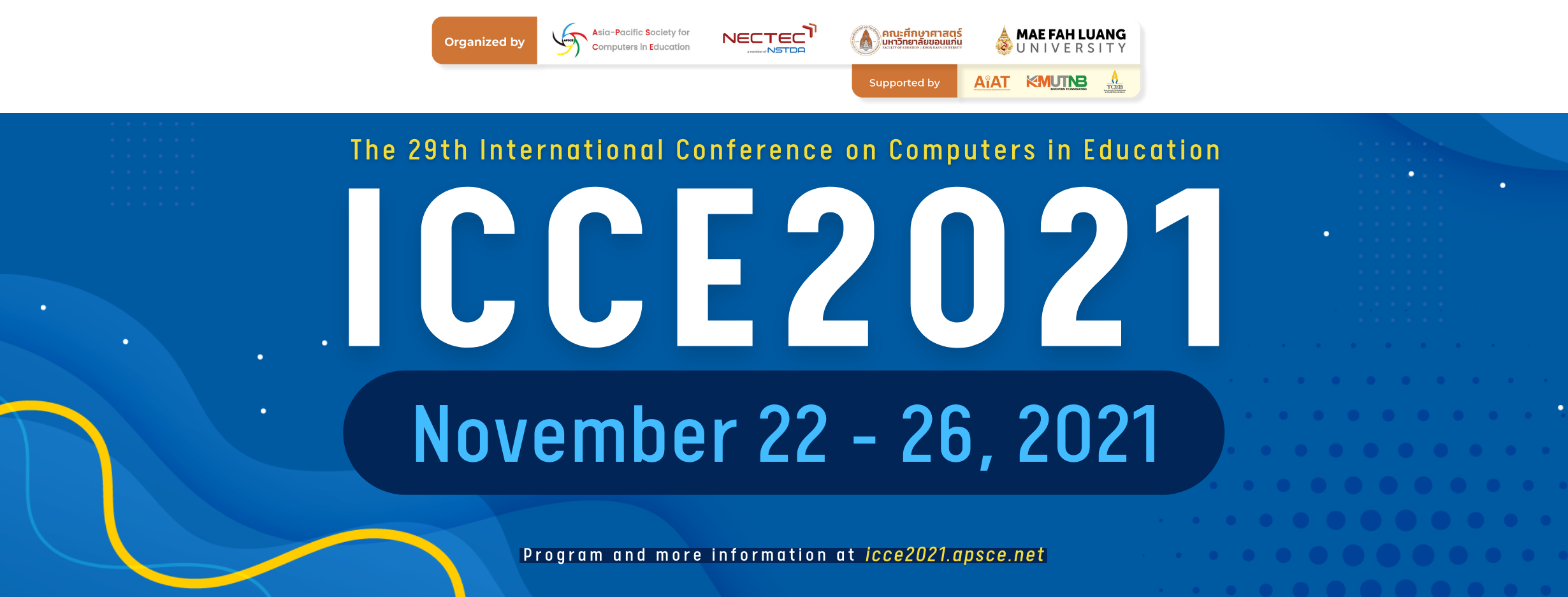Trends of Engineering Design Process in STEM Education: A Systematic Review of the Evidence during 2017-2021
DOI:
https://doi.org/10.58459/icce.2021.4296Abstract
The objective is to analyze instructional trends in STEM education throughout 2017 -2021 using a meta -synthesis method and use the "Engineering Design Process (EDP)" in the SCOPUS database. Study criteria were identified for inclusion and exclusion. Sixty -two research papers were selected and analyzed for this purpose. Research analysis revealed that researchers mainly use research tools for observing and interv iewing to measure the cognitive and non -cognitive learner capacity under the efficacy of EDP in STEM learning. Robotics and architecture & urban planning were the popular category of product design, followed by science. With EDP employed in STEM education, the reported studies were up to 72% effective. Subsequent researchers and professors are expected to be guided by this research in designing and implementing EDP in their classrooms. Over half of the studies reported have shown that EDP is positive for ST EM training .Downloads
Download data is not yet available.
Downloads
Published
2021-11-22
Conference Proceedings Volume
Section
Articles
How to Cite
Trends of Engineering Design Process in STEM Education: A Systematic Review of the Evidence during 2017-2021. (2021). International Conference on Computers in Education. https://doi.org/10.58459/icce.2021.4296


